Wings continue taking to the skies in the world of budget aviation, and October is proving to bear yet more fruit from a bevvy of ultra-low-cost carriers.
First, Lynx and Flair Airlines started another Battle of Alberta as they clambered for more routes and market share. Not one to miss out on the action, newcomer Canada Jetlines has decided to double-down on its offerings shortly after launching.
Let’s dig into the upstart’s new route, as well as the decision to add a second Airbus A320 to its small fleet.
New Routes and Aircraft
Canada Jetlines has always been a little iconoclastic. At one point in time, their slogan was set to be the memorably tongue-in-cheek phrase “Flying sucks less when you pay less.”
Alas, this catchphrase hasn’t survived to the final product being flown today, but its final fate is indicative of Jetlines’ strategy: change flight paths when necessary.
When the airline flew its inaugural flight back on September 22, 2022, it conducted said flight between Toronto and Calgary, a very popular route for the modern budget airline. This is also meant a temporary forestalling of the carrier’s ambitions to service lesser-flown locales, such as Niagara Falls and Winnipeg.
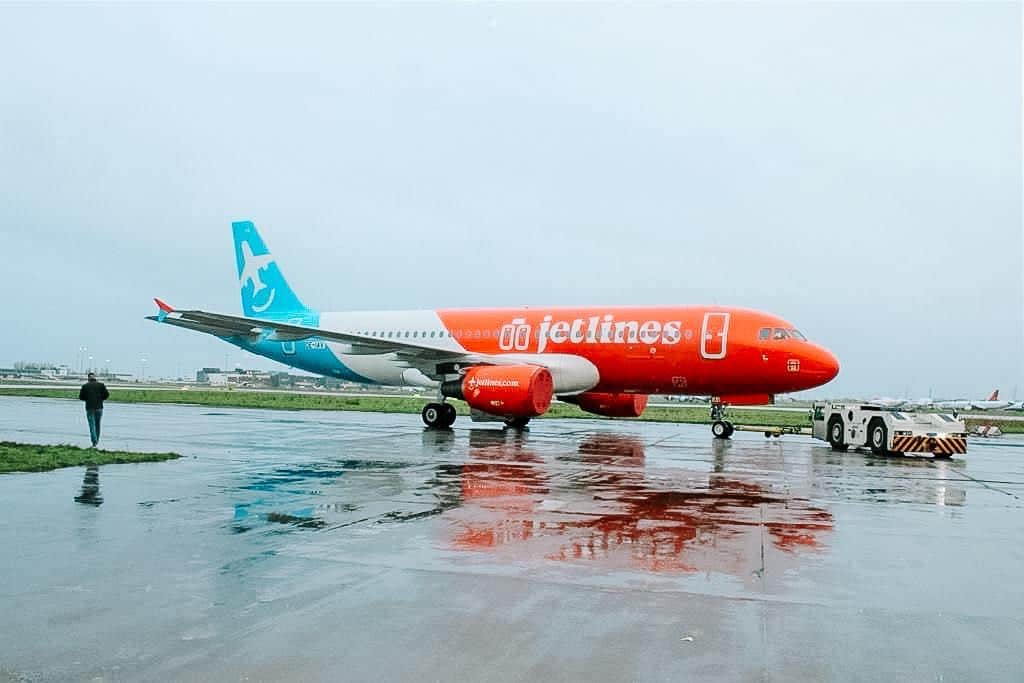
However, company management must feel positive about the reception their effort received. While Toronto to Calgary is to remain Jetlines’ premier route, a new one was announced on October 19, 2022.
The new route will connect Toronto to Vancouver aboard Jetlines’ forthcoming second aircraft, also an Airbus A320.
There must be a sense of urgency, because this second route is set to launch in December 2022, just in time for the hectic Christmas leisure travel season. One hopes that the company will attempt to get both passengers and luggage to their destinations in time, barring any issues with its two aircraft.
With this move to expand their fleet and open themselves up to a larger market, it’s clear that Jetlines sees itself as a serious future contender in the budget travel space, even pledging to operate a fleet of 15 aircraft by 2025. With so much competition on the market, though, is this a tenable strategy?
Can Jetlines Compete in YVR?
As a Westerner, and an Edmontonian and Oilers fan no less, I am required to view Vancouver with a mixture of admiration and jealousy. As one of the warmest cities on Canada’s coast, and its gateway airport to Asia, it’s not surprising that so many airlines are trying to fly this gem of the Pacific Coast.
But one must wonder: is there a proper value proposition in flying to YVR, with there being so many competing carriers attempting to sell tickets to it?
Let’s take a look at the various costs and scheduling that one can expect to see when flying this venerable Toronto–Vancouver route with Jetlines and its competitors.
First up, let’s look at Canada Jetlines in January 2023, a month after the new route’s maiden voyage:
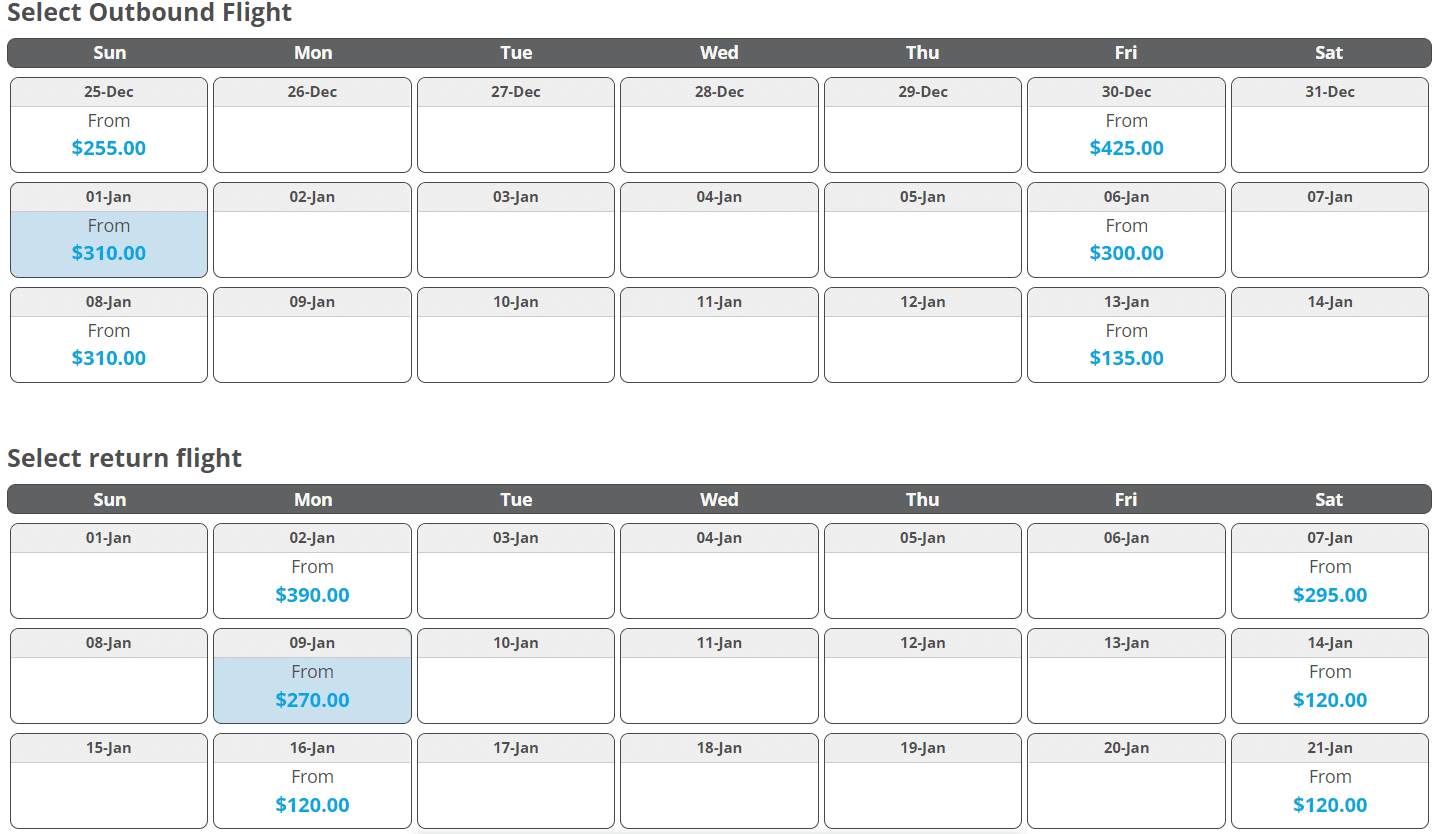
The decision to fly from Toronto–Vancouver on Fridays and Sundays, and back again on Saturdays and Mondays, seems to take square aim at weekend warrior travellers.
When it comes to pricing, $300–310 outbounds from Pearson don’t seem like a complete steal unless they can be combined with the limited number of $125 return fares.
For what is guaranteed to be a bare-bones product, one is hard-pressed to see $425 for a return fare as a great deal, especially when nickel-and-diming over amenities like seating and luggage are guaranteed.
This lack of value is even more pronounced when comparing Jetlines to comparable ultra low-cost competitor Lynx Air:
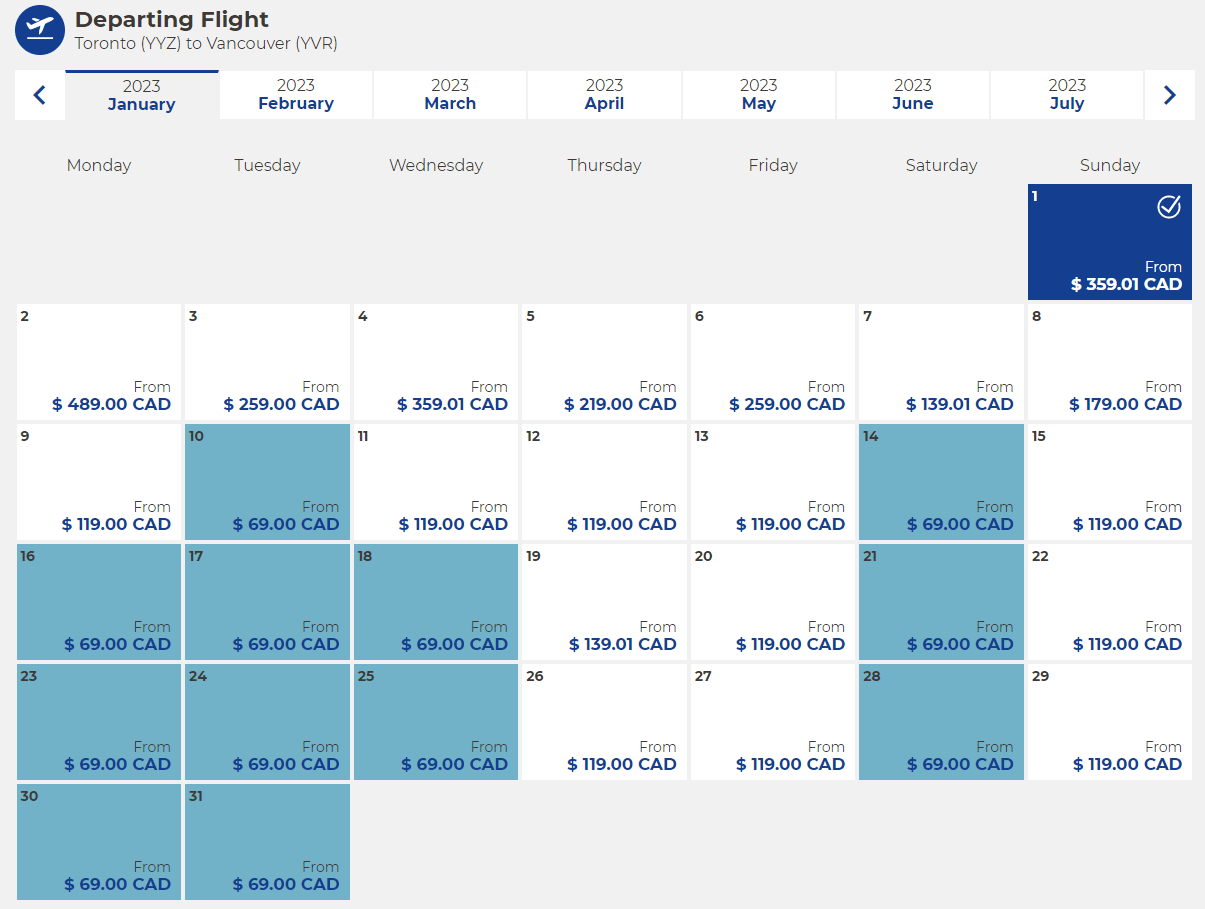
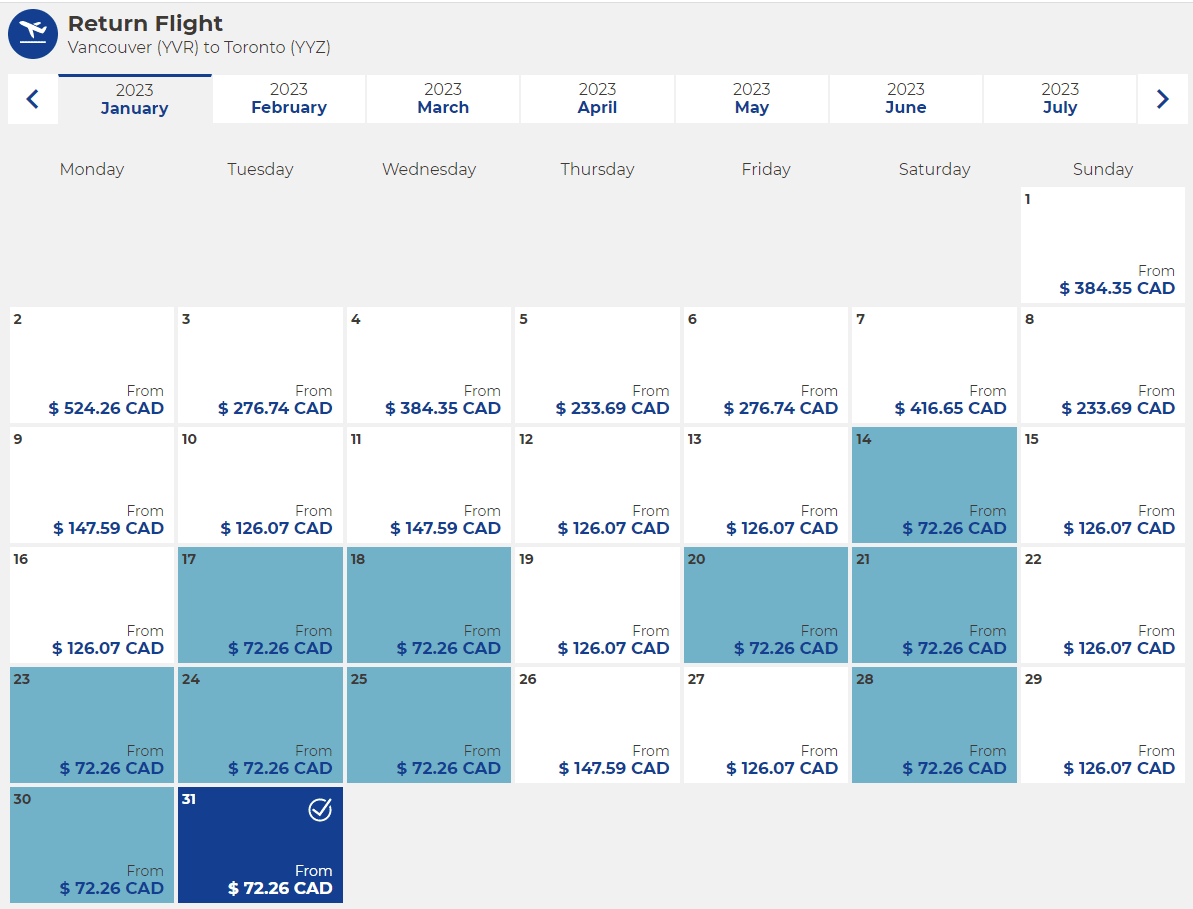
As one can see, Lynx flies the Toronto–Vancouver route every single day, and so long as one is willing to avoid weekend flights or holidays, then it is relatively simple to find $69 fares westbound, and $72.26 fares moving the other way.
Of course, you’d have to pack a small personal item for such a trip, but how is Canada Jetlines and its single extra aircraft supposed to surpass this?
Not to belabour the point, but one can see a similar trend with Flair Airlines, which also has multiple $69 fares going YYZ-YVR:
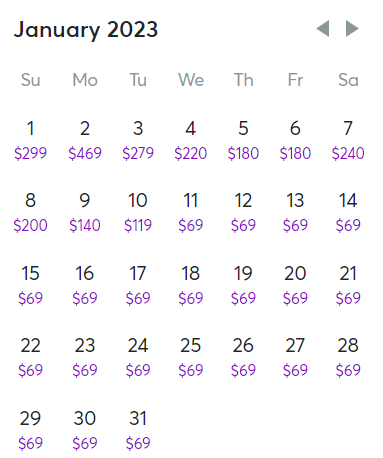
What’s more, Canada Jetlines is going to be competing not only against airlines in its own price category, but also against traditional players like WestJet and the ever-vigilant Air Canada.
Let’s take a quick look at WestJet, one of the venerable institutions of commercial aviation out West.
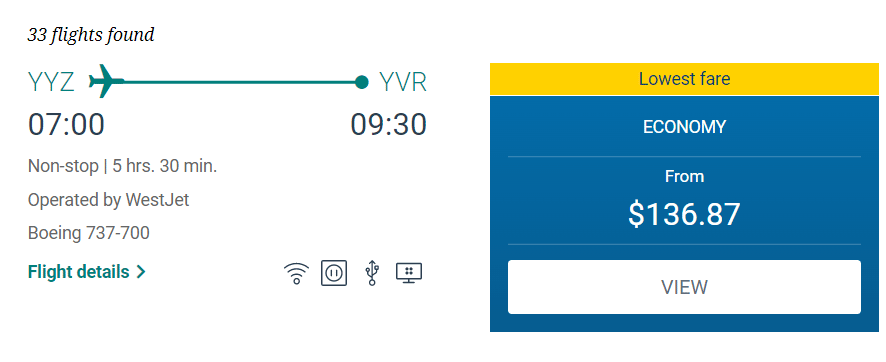
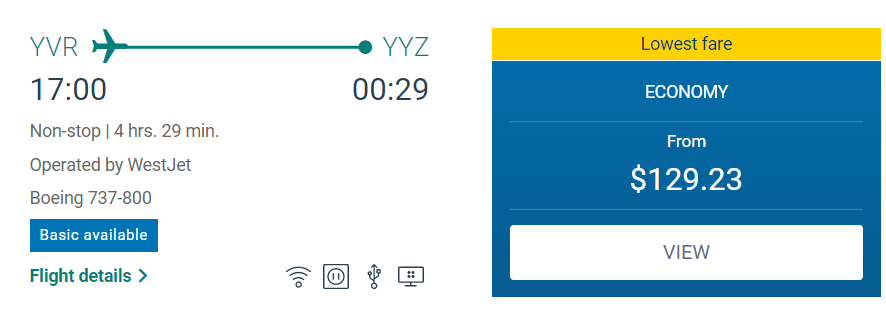
At $136 outbound, and $130 returning, the final bill on a Basic Economy fare is a mere $236, a full $154 lower than the Canada Jetlines prices found earlier. What is the young upstart’s plan to provide better value to customers in such situations?
As guilty of a pleasure as Jetlines’s stock of Boxer Lager may be, paying for such semi-potable swill out of pocket when one can fly a full-service airline stocking beverages that actually resemble beer feels a little off-putting.
Conclusion
Canada Jetlines has doubled its fleet size from one Airbus A320 to two, and will commence servicing the Toronto–Vancouver route this Christmas.
With any luck, this will be the first step on their way to their stated goal of a fleet of 15 aircraft servicing many of the lesser-flown regions of Canada.
For now, the airline will have to contend with a larger number of players fighting for the same proverbial pie, although with a perplexing lack of an apparent value proposition, which the airline will need to address if it hopes to come out on top.
Until next time, don’t pay as much for seat selection as you do for carriage.

















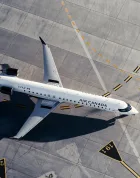
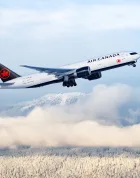

Jetlines really isn’t a ULCC like Flair or Lynx they are much more leisure like Sunwing or Transat give multiple free soft drink services and don’t charge for a carry on